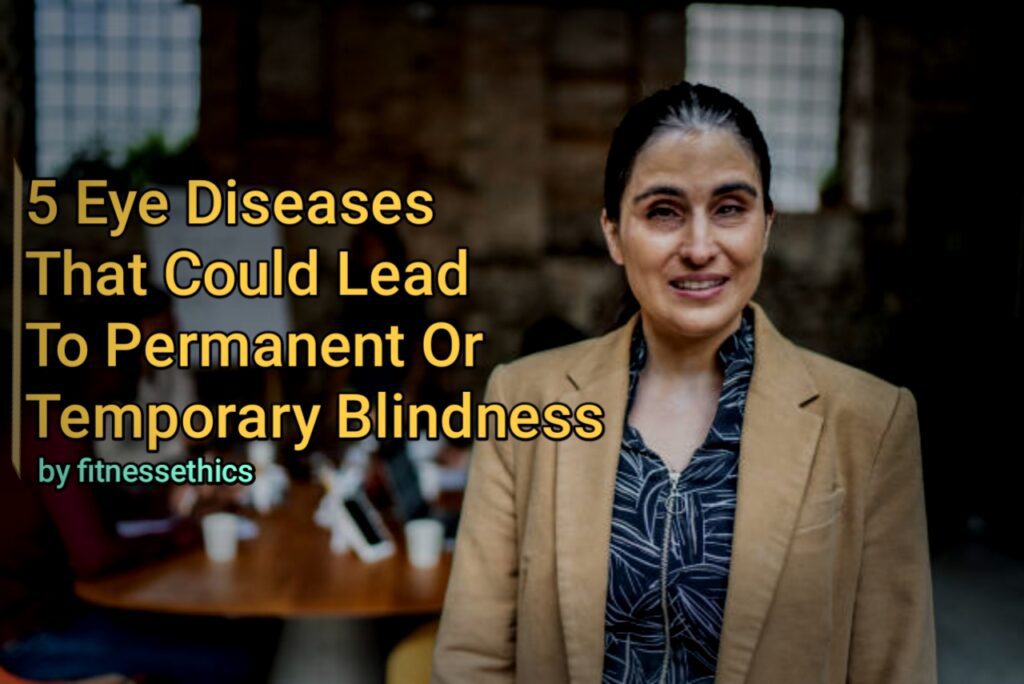Scabies is a contagious, itchy skin condition caused by tiny mites. Bites from these tiny burrowing mites called Sarcoptes scabei can be intensely itchy. This skin condition can happen to anyone whose skin has been burrowed by these tiny mites.
Causes of Scabies
Scabies is found worldwide and affects people of all races and social classes. Scabies can spread rapidly under crowded conditions where close body-to-skin contact is frequent. Institutions such as nursing homes, extended-care facilities, and prisons are often sites of scabies outbreaks. So basically, you can get scabies by coming into contact with an infected person’s skin. People with scabies are highly recommended to stay isolated and keep taking medications till the rashes and itchiness clear out. Scabies can be spread to every single member of a particular home if the person whose skin was burrowed by tiny mites was not isolated and medicated.
Victims of these tiny mites are advised to apply the prescribed and recommended gels and lotions to the affected areas so the intense itching can be reduced. The need to scratch may grow stronger at night. One will definitely feel discomfort and soreness if they don’t take the suggested medications before bed.
Can Detrol Kill Scabies?
Dettol is an antiseptic that has been in use over the years. Dettol has been effective in treating some skin infections. Scabies, unfortunately, is not one of them. Yes, that is correct. Dettol cannot kill scabies, nor does any other antiseptic. Scabies aren’t like the regular skin infections like eczema and ringworms; they are caused by burrowing mites.
Will dettol kill mites causing scabies on clothes? No, bathing, washing, or applying dettol to your skin won’t get rid of scabies. First off, you shouldn’t apply dettol to your skin without instructions.
According to Wikipedia, the active ingredient in Dettol that gives it its antiseptic property is chloroxylenol (C8H9ClO), an aromatic chemical compound. Chloroxylenol comprises 4.9% of the total admixture, with the rest made up of pine oil, isopropanol, castor oil, soap and water.
Circa 1978, “household Dettol” contained chloroxylenol (48 g/L), terpineol, and ethyl alcohol.
The original Dettol liquid antiseptic and disinfectant is light yellow in colour in the concentrated form but, as several of the ingredients are insoluble in water, it produces a milky emulsion of oil droplets when diluted with water, exhibiting the ouzo effect.
Dettol Antibacterial Surface Cleanser and Dettol Antibacterial Wipes contain benzalkonium chloride as the active ingredient.
These organic and carbon constituents won’t have anything against scabies.
- It is always advised to use scabicides to effectively get rid of scabies.
- Scabies can also be treated by killing these mites and their eggs with recommended medications applied from the neck down and left on for eight hours.
- The mites can also be killed using oral medication.
- Hot water laundry and dry cleaning can also get rid of other mites and eggs in clothes.
Symptoms of Scabies
The first time a person gets scabies, there are usually no symptoms. Symptoms can really take up to 4–8 weeks to develop after they are infested. During this period of development, the infection can still be passed on to another person, though there are no visible symptoms.
Scabies isn’t a sexually transmitted infection, but skin-to-skin contact with an infested person will get you infected as well. Every single member of a household is required to take the scabies medications once there’s an infested person. There are no symptoms, so it will be difficult to point out who has been infected. Taking medications and isolating themselves will be their best available option.
[starbox]



